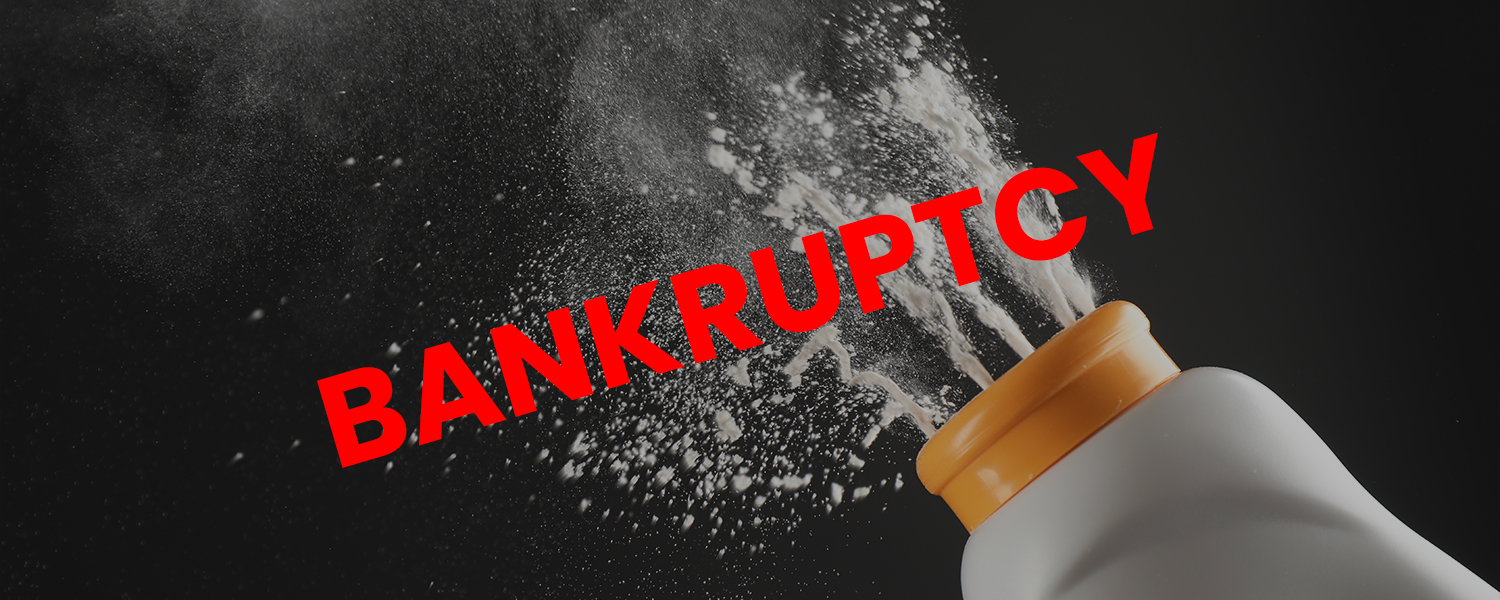JnJ Talc Bankruptcy to Proceed in Texas Despite Objections
JnJ Talc Bankruptcy to Proceed in Texas Despite Objections

Introduction
A Johnson & Johnson (J&J) subsidiary can move forward with its third attempt to resolve tens of thousands of lawsuits alleging that its talc products caused cancer after a U.S. Bankruptcy Judge in Houston allowed the case to proceed in a Texas federal bankruptcy court.
This decision allows J&J to avoid the New Jersey venue that previously rejected two similar attempts to resolve the litigation. During the hearing, the judge dismissed objections from the U.S. Department of Justice's bankruptcy watchdog, the Office of the U.S. Trustee, and from attorneys representing some of the women suing the company.
These parties had argued that the case should be sent to New Jersey, where the earlier bankruptcy efforts were handled and eventually dismissed. However, the judge ruled that this bankruptcy filing was different from the previous ones, partly because J&J had already secured support from a large number of claimants who backed the settlement.
J&J, headquartered in New Jersey, faces more than 62,000 lawsuits from plaintiffs alleging that its talc-based products, including baby powder, were contaminated with asbestos and caused ovarian and other cancers.
The company has consistently denied these claims, stating that its products are asbestos-free and do not cause cancer. J&J maintains that bankruptcy is the fairest way to compensate plaintiffs, arguing that the alternative – taking cases to trial – would result in long delays, inconsistent outcomes, and often no recovery for many plaintiffs.
The company’s latest bankruptcy filing involves its subsidiary, Red River Talc, which sought bankruptcy protection in Houston in September. The filing is part of a proposed $9 billion settlement to resolve claims from women who say they developed gynecological cancers after using J&J’s talc products. The goal of the bankruptcy is to facilitate a global settlement that would stop all related lawsuits and prevent new ones from being filed.
J&J’s vice president of litigation welcomed the judge’s ruling, calling it a positive step toward a comprehensive settlement of the talc lawsuits. Without bankruptcy protection, the company argues, any partial settlement could still leave it vulnerable to future lawsuits and potentially enormous verdicts from holdout plaintiffs.
However, opponents of the settlement argue that J&J should not be allowed to circumvent previous court rulings by simply filing for bankruptcy in a different court. A federal appeals court has already ruled that J&J and its talc subsidiary were not in financial distress, a requirement for bankruptcy protection, and reaffirmed that decision after the second bankruptcy attempt. Critics say that allowing companies to "forum shop" undermines the integrity of the bankruptcy system.
The proposed settlement has split attorneys representing cancer victims. Some support the deal as the most efficient way to secure compensation for their clients, while others argue that the $9 billion settlement is insufficient. They also contend that bankruptcy protections should not be available to wealthy corporations like J&J, which can afford to pay claims but seek to avoid potentially larger jury verdicts.
The debate over J&J's bankruptcy strategy highlights broader concerns about how powerful companies can use the legal system to resolve mass tort litigation.




